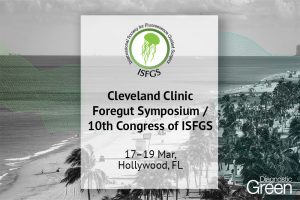Traditional methods of assessing colonic perfusion are based on the surgeon’s visual inspection of tissue. Fluorescence angiography provides qualitative information, but there remains disagreement on how the observed signal should be interpreted. It is unclear whether fluorescence correlates with physiological properties of the tissue, such as tissue oxygen saturation.
The aim of this study was to correlate fluorescence intensity and colonic tissue oxygen saturation. In total, 18 patients were included. Maximal fluorescence intensity occurred at a mean of 101 seconds after indocyanine green injection. The correlation coefficient was 0.73 (95% confidence interval of 0.65–0.79) with P < .0001, showing a statistically significant strong positive correlation between normalized fluorescence intensity and tissue oxygen saturation. The use of time averaging improved the correlation coefficient to 0.78.
Fluorescence intensity is a potential surrogate for tissue oxygenation. This is expected to lead to improved decision making when transecting the bowel and, consequently, a reduction in anastomotic leak rates. A larger, phase II study is needed to confirm this result and form the basis of computational algorithms to infer biological or physiological information from the fluorescence imaging data.
https://www.surgjournal.com/article/S0039-6060(21)01244-7/fulltext




